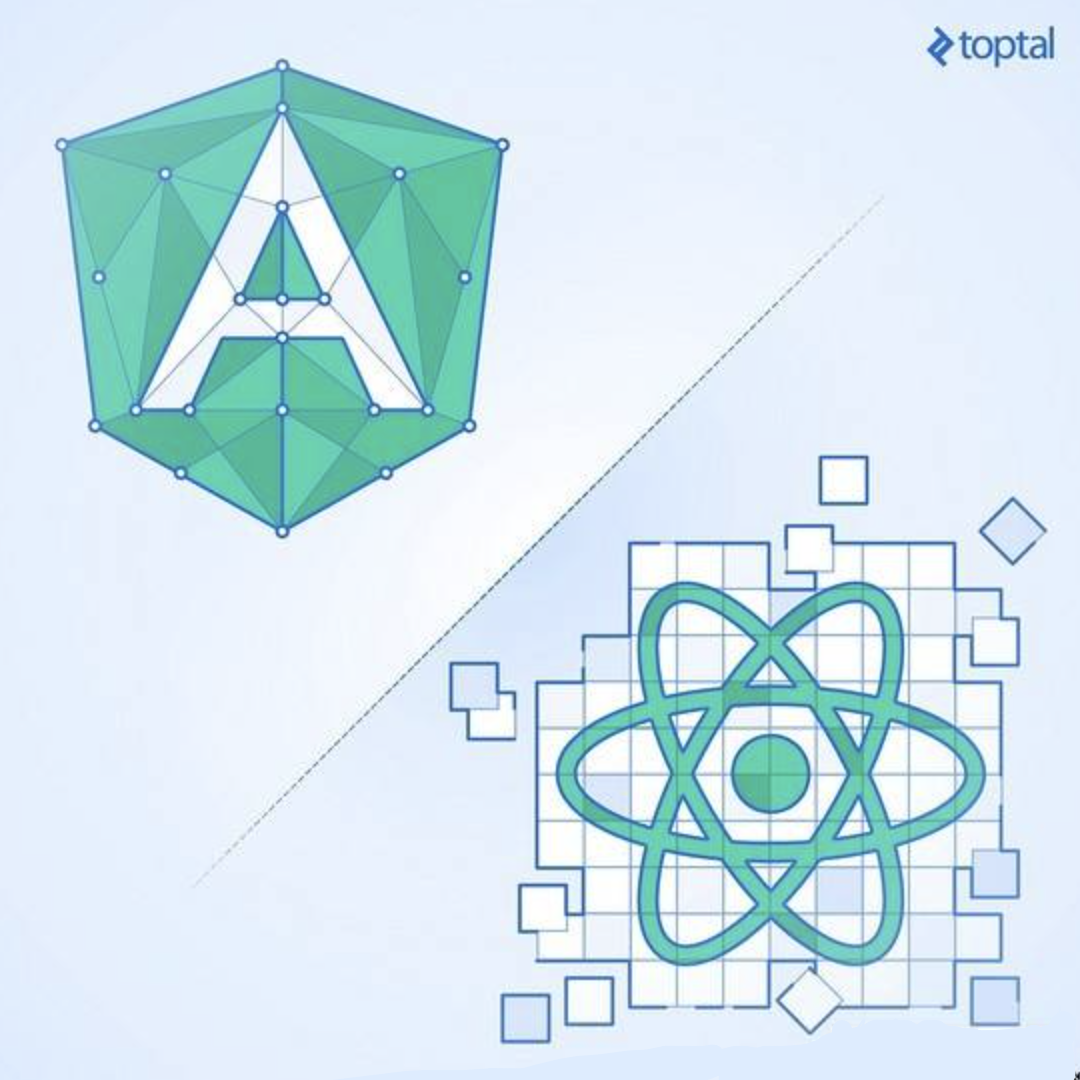React 内置 Hook 如下:
- 基础 Hook
- useState
- useEffect
- useContext
- 额外 Hook
- useReducer
- useCallback
- useMemo
- useRef
- useImperativeHandle
- useLayoutEffect
- useDebugValue
useState
1 | const [state, setState] = useState(initialState); |
为函数组件添加一个内部 state,在组件重新渲染时保留 state 的值,返回一个数组,第一个值为 state 的值,第二个值为更新 state 值的函数。
useEffect
1 | useEffect(didUpdate, [deps]); |
在函数组件的主体内,操作 DOM 、订阅事件、设置定时器、记录日志以及包含其他副作用的操作都是不允许的。
该 Hook 接收一个包含副作用操作的函数和一个依赖项数组,在每次渲染到屏幕之后执行副作用函数。可以为副作用函数返回一个清除副作用的函数,在组件卸载之前清除副作用。
当依赖项数组是一个空数组时,副作用数组只会在组件首次渲染时执行,effect 内部的 props 和 state 会一直保持其初始值。
useLayoutEffect
1 | useLayoutEffect(update, [deps]); |
并非所有的副作用都可以被延迟执行,在浏览器执行下一次绘制之前,用户可见的 DOM 变更就需要被同步执行,这样用户才不会感觉到视觉上的不一致。
该 Hook,会在所有的 DOM 变更之后同步调用 effect,可以使用它来读取 DOM 布局并同步触发重渲染。在浏览器执行绘制之前,useLayoutEffect 内部的更新计划将被同步刷新。
useContext
1 | const value = useContext(MyContext); |
接收一个由 React.createContext 创建的 context 对象,返回该context 对象的当前值。当前的 context 值由上层组件中距离当前组件最近的 <MyContext.Provider> 的 value prop 决定。
该 Hook 能够让组件读取 context 值并订阅其变化,需要在上层组件树中使用 <MyContext.Provider> 来为下层组件提供 context。在 context 的值发生变化时,会触发组件的重新渲染。
使用示例:
1 | const themes = { |
useReducer
1 | const [state, dispatch] = useReducer(reducer, initialArg, init); |
useState 的替代方案。它接收一个形如 (state, action) => newState 的 reducer,并返回当前的 state 以及与其配套的 dispatch 方法。
当 state 的结构较为复杂且包含多个子值或者新的 state 依赖旧的 state 时,useReducer 会比 useState 更适用。
使用示例:
1 | const initialState = {count: 0}; |
useCallback
1 | const memoizedCallback = useCallback( |
接收一个回调函数和一个依赖项数组作为参数,返回该回调函数的 memorized 版本,该回调函数仅在某个依赖项发生改变后才会更新。把该回调函数作为属性传递给子组件,当父组件重新渲染时,可以避免子组件不必要的渲染。
useCallback(fn, deps) 相当于 useMemo(() => fn, deps)
useMemo
1 | const memoizedValue = useMemo(() => computeExpensiveValue(a, b), [a, b]); |
接收一个创建状态的函数和一个依赖项数组作为参数,返回一个 memorized 值,只有在某个依赖项发生变化时,才重新计算 memorized 值。
useRef
1 | const refContainer = useRef(initialValue); |
返回一个可变的 ref 对象,其 .current 属性被初始化为传入的参数(initialValue)。返回的 ref 对象在组件的整个生命周期内保持不变。
本质上,useRef 就像是可以在其 .current 属性中保存一个可变值的“盒子”。 如果将 ref 对象以 <div ref={myRef} /> 形式传入组件,则无论该节点如何改变,React 都会将 ref 对象的 .current 属性设置为相应的 DOM 节点。
而 useRef() 和自建一个 {current: …} 对象的唯一区别是,useRef 会在每次渲染时返回同一个 ref 对象。
使用示例:
1 | function TextInputWithFocusButton() { |
useImperativeHandle
1 | useImperativeHandle(ref, createHandle, [deps]) |
在使用 ref 时,自定义暴露给父组件的实例值。
useImperativeHandle 应当与 forwardRef(父组件的 ref) 一起使用:
1 | function FancyInput(props, ref) { |
渲染 <FancyInput ref={inputRef} /> 的父组件可以调用 inputRef.current.focus()。
useDebugValue
1 | useDebugValue(value); |
用于在 React 开发者工具中显示自定义 hook 的标签。


